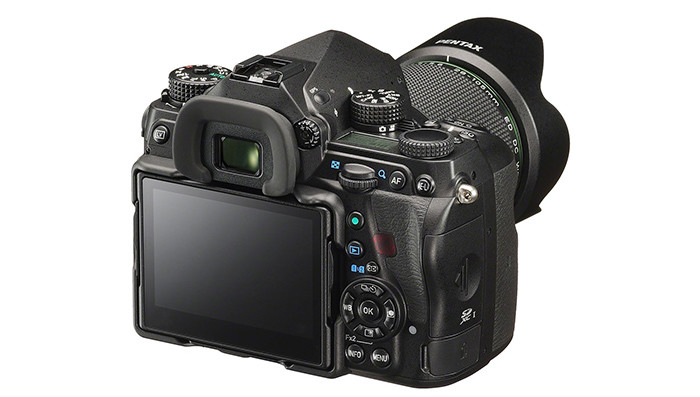The Pentax K-1 with Sony sensor got announced: Creates High Res images with 5 axis shifting tech.

First confession: My very first digital system camera was the [shoplink 45006 ebay]Pentax K-10[/shoplink]. And I loved that camera. So I am happy to see Pentax joining the Full Frame crowd today with the new K-1 (full specs at BHphoto). From a Sony perspective the news matters because:
- There is a new competition in the Full Frame world (finally something beyond the usual Canon-Nikon stuff)
- The Pentax K-1 uses the Sony A7r 36MP sensor (with ISO that goes up to 204800)
- The K-1 uses a 5 axis stabilization. But unlike Sony Pentax uses it also for two additional features: High res mode and Astrotracing!
Let’s take a close look to the K-1 unique features that Sony should or should not copy :)
1) High Resolution images created with the sensor shift tech:
Dpreview writes:
“As this list of spec highlights should make clear, the K-1 makes the most of its moveable sensor. As well as the image stabilization, which is rated to an impressive 5 stops, the camera offers a host of other clever features. These include anti-aliasing filter simulation which vibrates the sensor during exposure to intentionally blur high frequency detail across multiple pixels, to avoid moiré. Then there’s the Pixel Shift Resolution mode that increases color resolution by shooting four consecutive images with the sensor moved by one pixel – effectively canceling the Bayer color filter array and lowering noise by image averaging.
2) Astrotracer
Dpreview writes:
The other sensor-shift modes are also clever: the K-1 includes Horizon Correction, which rotates the sensor if you hold the camera slightly off-level, and the Astrotracer system that uses the sensor’s movement to cancel-out the effect of the Earth’s rotation when taking images of stars (something it can calculate using its GPS).”
3) It also has a unique Flexible-tilt LCD.
You can how it works on that Cnet video:
4) Special Operation Assist Lights on the body
Petapixel writes:
Another DSLR first is the special Operation Assist Lights on the body, which are small white LEDs that help you work the camera’s controls while shooting in low-light environments. The lights help you do things such as change lenses, swap memory cards, and use the interface on the back of the camera, all without having to use external illumination or the bright LCD menu.
From the four “innovation” I mentioned here 1) and 4) would be nice to have on the next A7rm3!
P.S.: There is a roundup of K-1 videos you can watch at SonyAlphaForum.


